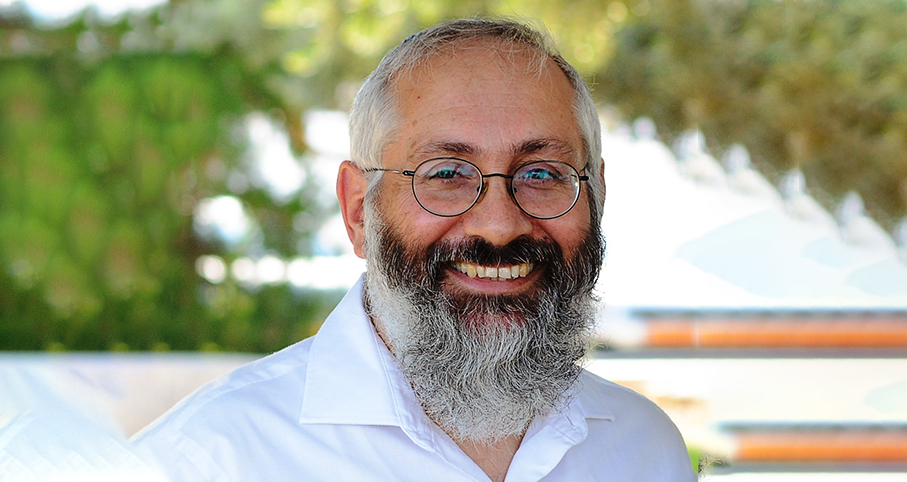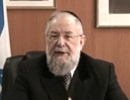Beit Midrash
- Sections
- Chemdat Yamim
- Parashat Hashavua
- Torah Portion and Tanach
- Bamidbar
- Beha'alotcha
Let us try to uncover the disagreement based on the adjacent Torah account. After broad segments of the population complained to Moshe, Moshe turned to Hashem with the request to return his mandate: "I am not able, by myself, to bear the entire nation" (Bamidbar 11:14). Hashem suggested a solution to the problem: gather seventy men to serve as leaders to lighten the load on Moshe Rabbeinu (ibid. 16-17). As the story unfolds, seventy people presented themselves and were filled with the spirit of Hashem. Of them, two (Eldad and Meidad) prophesied publicly in a manner that upset Yehoshua, although Moshe calmed him down (ibid. 26-29). What was the content of their prophecy? The gemara (Sanhedrin 17a) reports that it was: "Moshe will die, and Yehoshua will bring Israel into the Land."
This claim raises a chronological issue, as the decree on Moshe not entering the Land, happened later, when Moshe hit the stone to bring forth water for the people to drink rather than speak to it (Bamidbar 20:7-13). The idea behind what Moshe had done was that he had returned the nation to the period when they were not led by speech, but by physical miracles (see more in Tzofnat Yeshayahu, pp. 198-208).
The gemara (Megilla 18a) famously says: "Mila b’sela, shtika b’trei," which we normally take to mean, that a word is worth a sela (a certain weight of a precious metal), but silence is worth twice as much. However, the Gra applies these words differently – to our topic. Had Moshe said a word (mila) to the rock (sela), the two (Eldad and Meidad) would have remained quiet and not have reported that Moshe would not be entering the Land (as he would have, if not for that sin).
Let us continue along these homiletical lines and point out that Moshe’s wife, Tzipora, was the first to perform "mila b’sela," as she circumcised their son with a rock (Shemot 4:26) and thereby saved Moshe’s life. This allowed him to return to Egypt, liberate the people from there, and present them with the Torah. He merited being the trusted interlocutor between Hashem and the people, and his words are the most firmly believed even in comparison to all the other prophets. Indeed, although Moshe made a mistake by hitting the rock, it is still forbidden to argue with Moshe. This applies to the simple people within the nation, at his time and throughout all the ages, and even to the greatest of leaders, such as Miriam and Aharon.

Parashat Hashavua: A Rare Commodity – The Right Blend of Unity and Humility
Rabbi Yossef Carmel | Tevet 5786

The Right Pace to Leave a Holy Place
Parashat Beha'alotcha
Rabbi Yossef Carmel | 16 Sivan 5764

Zaken Mamreh
Rabbi Yossef Carmel | 4 Elul 5767




















